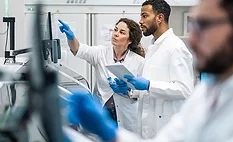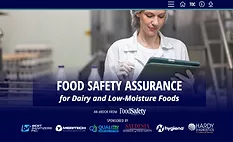
Challenges for Evaluation of Your Environmental Monitoring Program
Environmental monitoring programs (EMPs) are not just static documents, but living systems that require active, weekly management. It is crucial to ensure that your EMP is not just in place, but also effective. This article discusses three key challenges for evaluating an EMP.





